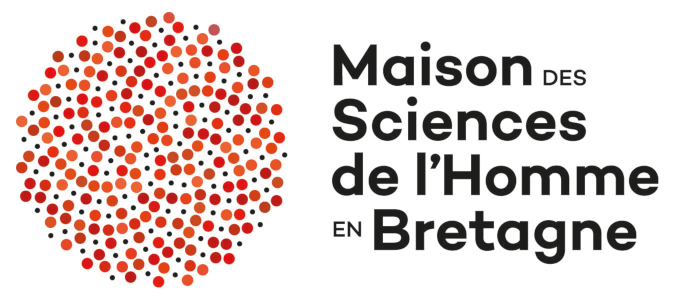Résumé
Qu'on l'appelle arthurienne ou "de Bretagne", la matière construite autour du roi Arthur, au Moyen Âge comme dans la critique contemporaine, est définie sur la base de l'emploi de noms propres comme Arthur, Bretagne, Lancelot. Plus que les motifs, ce sont les noms propres arthuriens qui sont les marqueurs les plus efficaces, pour renvoyer à une matière arthurienne non seulement littéraire mais aussi plus largement culturelle. L'identification des noms propres est cependant problématique, comme l'a montré le séminaire LATE tenu à l'université Rennes 2 entre 2013 et 2016 (Arthur après Arthur : la matière arthurienne tardive en dehors du roman arthurien, de l’intertextualité au phénomène de mode, C. Ferlampin-Acher (dir.), Rennes, Presses Universitaires de Rennes, 2017). Hector peut être ou non un nom arthurien, par exemple. Par ailleurs, comme l'a montré le projet LATE, la dimension européenne de cette matière arthurienne tardive est essentielle : si la production ralentit en France après 1270, elle croît dans d'autres aires, en Espagne, en Italie, en Allemagne, en Scandinavie.... Il n'existe pas de dictionnaire onomastique arthurien (anthroponymes et toponymes), avec les variantes, dans divers mansucrits, éditions, langues, témoins. La constitution d'un tel outil permettrait de couvrir une période et un espace négligés par les quelques dictionnaires papier actuels (anciens, monolangues et incomplets).
Whether it is called Arthurian or from Britain, the narrative “material” constructed regarding King Arthur, in the Middle Ages as in contemporary criticism, is defined on the basis of proper names such as Arthur or Britain, Lancelot or Camelot. More than motifs (like the sword in the stone), the Arthurian proper name is an enduring marker of Arthurian material, understood as a cultural (and not only literary) phenomenon. The identification of these proper names is, however, problematic, as the seminar and publication on late Arthurian attestations outside the romance has demonstrated (Arthur après Arthur: la matière arthurienne tardive en dehors du roman arthurien, de l’intertextualité au phénomène de mode, C. Ferlampin-Acher (dir.), Rennes, Presses Universitaires de Rennes, 2017). Moreover, the LATE project showed the importance of the European dimension of the Arthurian material. If French production slows after 1270, it grows in Spain, Italy, Germany, Scandinavia... Arthurian material is part of a widely shared culture in the late Middle Ages. The constitution of an Arthurian onomastic dictionary, dealing with anthroponyms and toponyms, with their variants, based on all available editions, supplemented by an (at least partial) return to manuscripts, and concerning the 1270-1550 period, would allow a gap to be filled, by covering a European area and a temporal duration which are neglected by the current dictionaries.
Fabienne Pomel Langue et littérature française du Moyen Âge EA 3206 CELLAM | Catherine Daniel Métiers du livre et des bibliothèques EA 3206 CELLAM | Hélène Bouget Langue et littérature française du Moyen Âge EA 4451 CRBC |
Hélène Tétrel Langue et littérature française du Moyen Âge EA 4451 CRBC | Martin Aurell Histoire médiévale CESCM UMR 7302 | Anne Berthelot Littérature française Centre d'études médiévales |
Emese Egedi-Kovács Littérature française Centre médiéval université Eôtvös Loránd de Budapest et Collège Eötvös József de l’ELTE. | Cora Dietl (collaboration dont le périmètre est en cours de délimitation) Littérature et langue française du moyen âge Deutsche Literaturgeschichte (Schwerpunkt Mittelalter / Frühe Neuzeit) |
Pole
Armorique, Amériques, Atlantique
